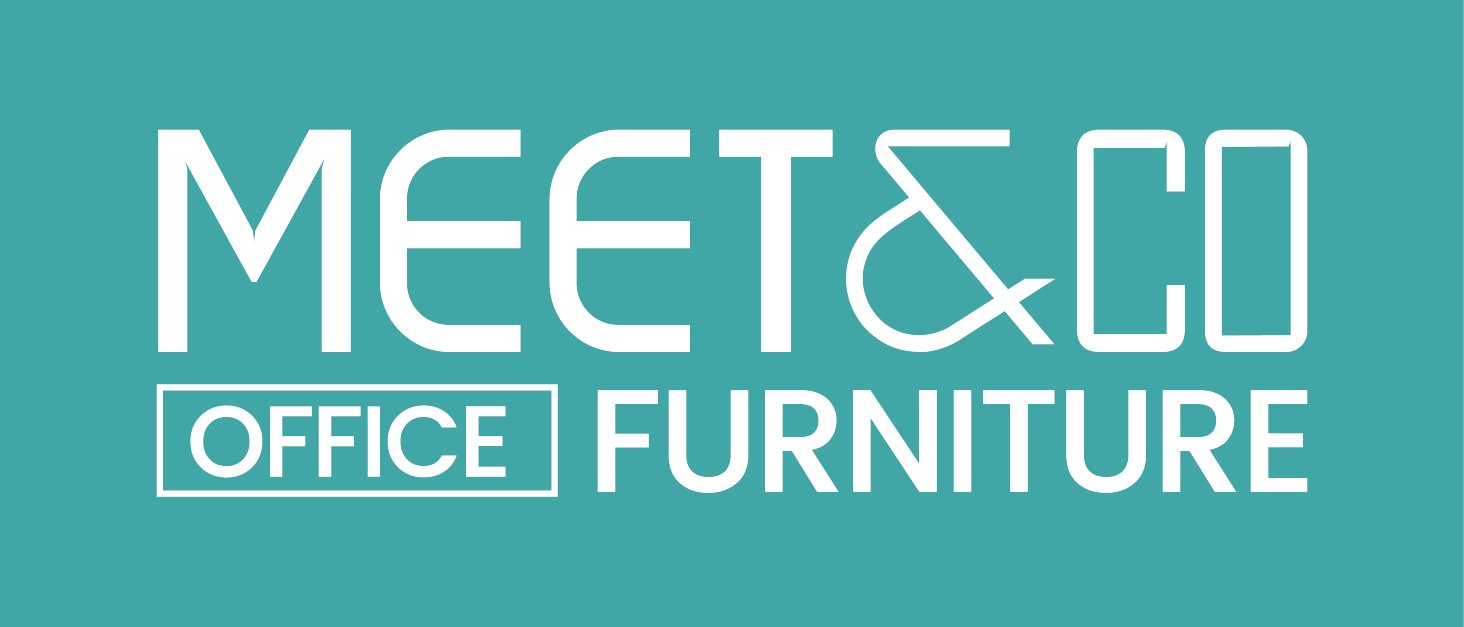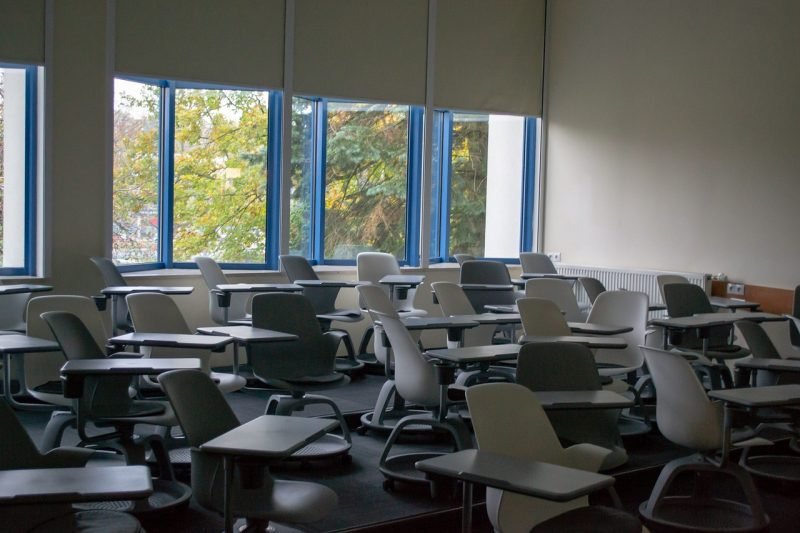Walking into a traditional classroom, you’re likely to find rows of desks and chairs neatly lined up, each student in their assigned seat. It’s the way learning has been organized for generations. But now, there’s a fascinating shift taking place in the world of education – flexible seating classrooms, with their array of seating options and arrangements, have gained increasing popularity.
As more people embrace this approach, how can we harness its potential while avoiding common pitfalls?
In this blog, we’re going to explore how this transformation is reshaping the classroom experience and delve into the essential dos and don’ts of a flexible seating classroom.
Let’s get started.
Part 1: What is a Flexible Seating Classroom
A flexible seating classroom is a special educational setting that can change and adjust to various teaching and learning styles.
It typically features movable furniture and technology, so teachers and students can easily set up the room in different ways for different activities. It’s like having a space that can be a regular classroom one day and a group project space the next, making learning a lot more fun and dynamic.

Here are some common features:
1. Variety of Seating: Instead of rows of desks and chairs, you’ll find a mix of seating options like bean bags, standing desks, exercise balls, floor cushions, and sofas.
2. Movable Furniture: The furniture is easy to move around so that students can change their seating arrangements to suit their needs.
3. Collaborative Spaces: There are areas for group work, discussion, and teamwork, often with larger tables or clusters of seats.
4. Technology Integration: You’ll find technology like interactive whiteboards, projectors, or individual student devices like tablets or laptops.
5. Storage Solutions: There may be storage options for students to keep their belongings since they don’t have individual desks with built-in storage.
6. Colorful and Inviting: Classrooms with flexible seating are often more colorful and decorated to create a welcoming and engaging environment.
7. Personalization: Students have more choices in where they sit, allowing them to pick a spot that helps them focus and learn best.
The exact setup can vary from one flexible seating classroom to another, as teachers and schools tailor them to their specific needs and preferences.
Part 2: What are the Benefits of Flexible Seating?
When it comes to the question “Why flexible seating?”, many answers can be given. Here is how students and teachers can benefit from this practice.

Benefits for Students:
1. Happier Learning: Students can choose where they want to sit, making them more comfortable and engaged while learning.
2. Working Together: With a variety of seating options, they can sit in groups and work better with classmates, fostering better teamwork and communication skills.
3. Better Focus: Some students can pay better attention when they sit in a way that suits them.
4. Making Choices: It helps students learn to make decisions about their learning space.
5. Different Ways to Learn: They can try different ways of sitting for different types of learning.
6. Be Healthier: Some seating choices like standing desks or wobble stools promote movement, which can help students reduce sedentary behavior and restlessness.
Benefits for Teachers:
1. Easier Classroom: Teachers can change how the classroom looks to match what they’re teaching, making it easier to manage and direct students.
2. Personal Learning: Teachers can help students learn in the way that’s best for them.
3. Creative Teaching: It inspires teachers to experiment with different teaching methods and create more dynamic lessons.
4. More Talking: Students talk and work together more in flexible seating.
5. Adaptable: Teachers can use the classroom for different kinds of lessons.
6. Listen to Students: Teachers can ask students what works best for them to gather valuable feedback for continuous improvement.
It’s worth noting that while flexible seating has many advantages, it may require some adjustments and management strategies in the beginning to ensure it works effectively. Overall, it can create a more engaging and student-centered classroom environment.
Part 3: What are the Downsides?
While this concept promises many advantages, it’s not without its challenges.
There are some potential drawbacks to consider:
1. Management Challenges: It can be a challenge to manage a classroom with multiple seating options, and students can sometimes misuse or rearrange furniture.
2. Distractions: Some students might find the variety of seating distracting and have difficulty staying focused, especially in a more casual setup.
3. Transition Time: Setting up or rearranging seating can take time. This can eat into class time, especially if it’s not done efficiently.
4. Comfort and Ergonomics: Not all seating is comfortable or ergonomic, which can cause discomfort or physical problems for some students.
5. Resistance to Change: Both students and teachers need time and training to make flexible seating truly work. It can be challenging to transition to a new model, as it can be a departure from traditional classroom norms.
6. Safety Concerns: Slips, trips, and falls can occur. Shared seating may cause allergic and sanitation issues.
It’s vital to plan and address these potential challenges to make the most of flexible seating while minimizing its downsides.
Part 4: School Furniture for Creating a Flex Seating Classroom
A variety of school furniture can be used to create a dynamic and adaptable learning environment.
Here are some common options:
- Bean bags
- Standing desks
- Floor cushions
- Wobble stools
- Balance balls
- Cafeteria-style tables
- Collaborative desks
- Pillows and ottomans
- Adjustable desks
- Stackable chairs
- Privacy screens
- Bookshelves and book nooks
- Storage cabinets
The key is to mix and match furniture options to create a flexible and adaptable classroom. Ensure that they can meet the needs of different learning activities and student preferences. On top of that, safety and comfort should always be a priority when selecting furniture, and make sure it’s set up in a way that optimizes the learning environment.
Learn more: Top 7 Flexible Seating Options for Classrooms (+ Furniture Solutions!)
Part 5: The Dos and Don’ts of a Flexible Seating Classroom
 Dos:
Dos:
1. Plan carefully: Plan your flexible seating to meet your instructional goals, taking into account the needs and preferences of your students.
2. Establish Clear Expectations: Set ground rules for how students will use the flexible seating and communicate these expectations clearly.
3. Offer Variety: Offer a diverse range of seating options to cater to different learning preferences and activities.
4. Teach Responsibility: Encourage students to take responsibility for their chosen seating and to maintain a clean and organized learning environment.
5. Provide Support: Give support and guidance to help students adapt to new setups and ensure they can focus on their learning.
6. Seek Feedback: Regularly ask students for feedback about what seating arrangements work best for them and adjust accordingly.
7. Be Flexible: Be willing to adapt and modify the seating layout as needed to cater to changing needs.
Don’ts:
1. Don’t Overcrowd: Avoid packing too many seats into a small space, as this can create a cluttered and less effective learning environment.
2. Don’t Neglect Comfort: Ensure the seating is comfortable and ergonomically sound to prevent discomfort or distractions.
3. Don’t Skip Classroom Management: Flexible seating doesn’t mean a lack of structure; keep classroom discipline and respectful conduct guidelines in place.
4. Don’t Ignore Safety: Safety is the top priority, so ensure that seating choices are safe for students to use.
5. Don’t Rush Implementation: Take your time to introduce flexible seating gradually and allow students to adjust to the changes.
6. Don’t Forget to Reflect: Regularly assess the effectiveness of your flexible seating and adjust as needed based on student feedback and your observations.
The success of flexible seating classrooms depends on thoughtful planning, clear communication, and ongoing assessment. Plan for it, and it can be a beneficial, multifaceted addition to learning.
Conclusion
Education is a dynamic field, constantly evolving to meet the changing needs of students. And in this ever-shifting environment, adapting flexible seating in a classroom is a powerful step forward.
Understanding what works and what to avoid ensures that the transition is a smooth and successful one. With a balanced approach, combining a deep understanding of your student’s needs with the best practices of flex seating, you can create a more, dynamic student-centered classroom that fosters engagement and creativity.
More Resources:
5 Tips for Choosing the Right School Furniture
How to Choose the Best School Chair that Just Right for Your Students
Top 4 Writing Pad Chairs You Won’t Regret Buying in 2023
How to Choose the Best Filing Cabinet: The Ultimate Buyer’s Guide




 Dos:
Dos: